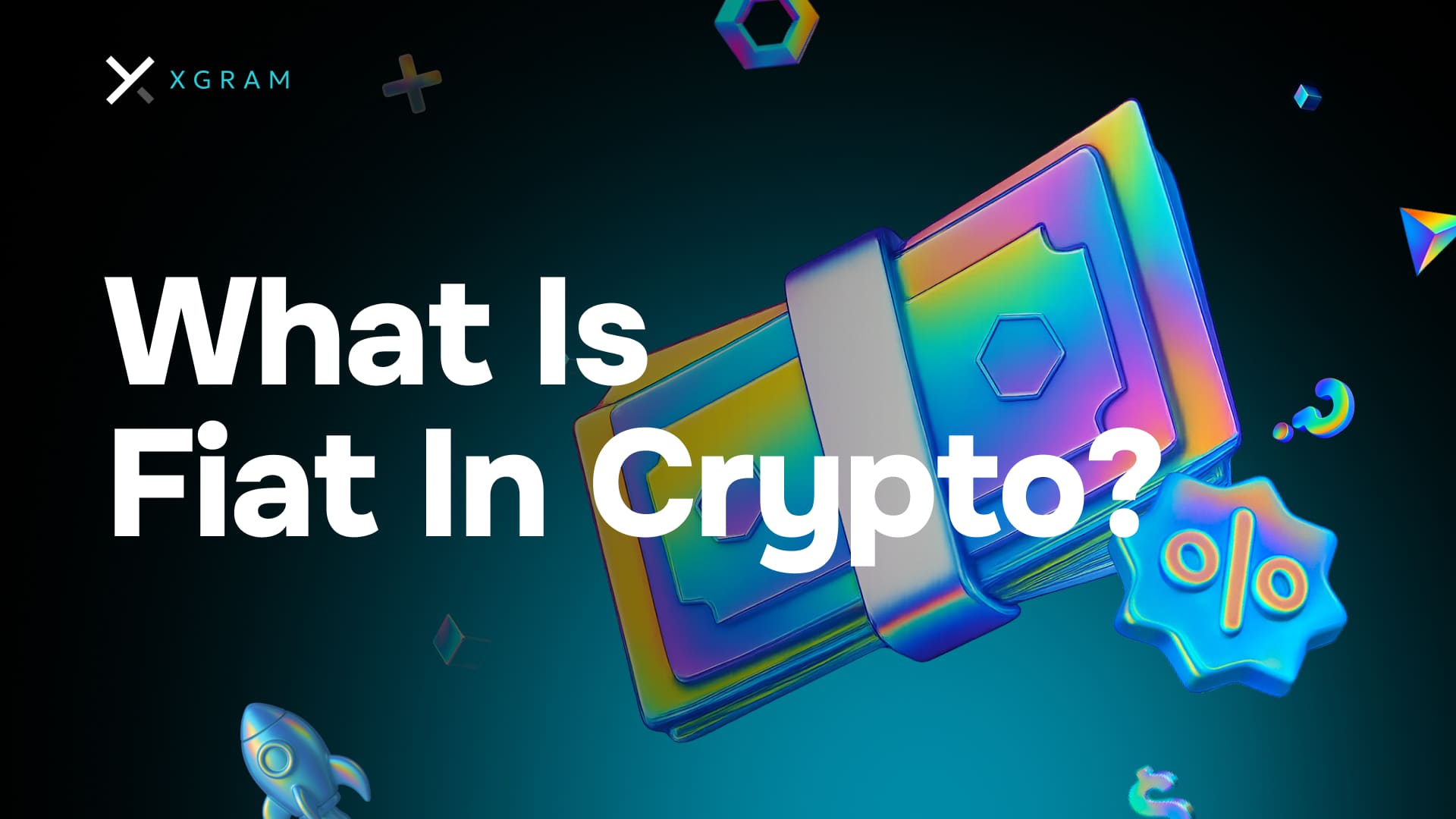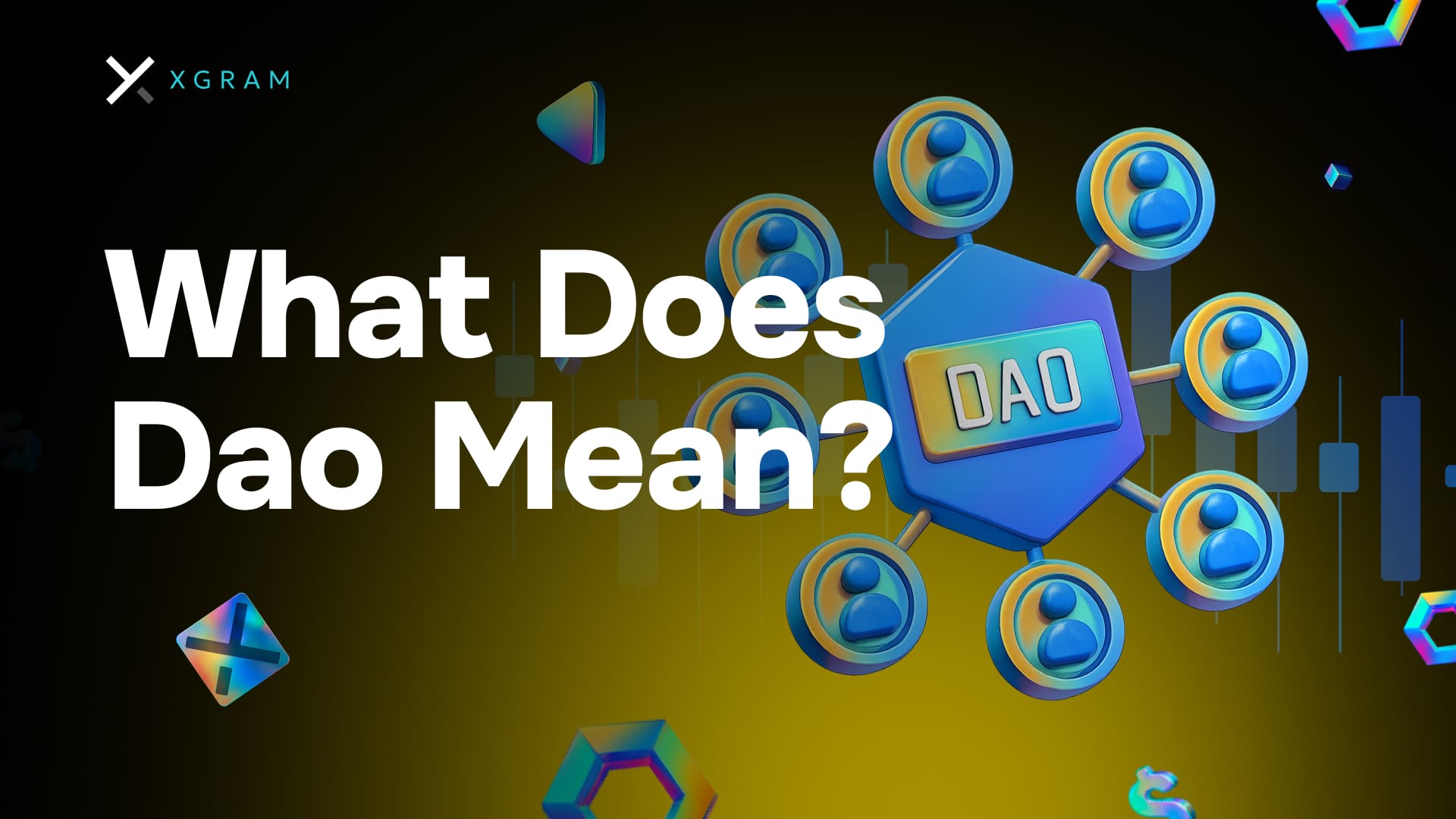Explore fiat currency

Understanding the fundamentals of fiat currency helps you see why it matters so much in the world of crypto. Fiat is a government-issued currency that holds its value because people trust that government, rather than being pegged to a physical commodity like gold. This trust-based system influences everything from how easily you exchange money to how stable you feel conducting daily transactions.
Defining fiat money
Fiat money is any legal tender declared by a government but not backed by a physical resource such as precious metals. The dollars in your wallet or the euros in your bank account exist because laws say they are valid to pay for goods, services, and debts. When you see “fiat” in the context of cryptocurrency, think of it as that everyday currency you use for groceries, rent, and your morning coffee.
How governments back fiat
Managing a large economy demands a currency that can be adjusted for inflation, controlled through monetary policy, and recognized as a standard unit of exchange. Central banks can print more money, raise or lower interest rates, and regulate the flow of capital to keep markets relatively stable. Although no government can promise everything, the widespread acceptance of fiat money makes day-to-day transactions smoother and more familiar than crypto-based payments.
Discover fiat in crypto
When you step into the digital asset world, “what is fiat in crypto” becomes a practical question. Simply put, fiat in crypto revolves around how easily you can convert your dollars, euros, or other state-backed currencies into cryptocurrencies. You might also want to convert crypto back into fiat, maybe to pay bills or to balance your overall finances. Many crypto enthusiasts refer to these processes as “on ramps” and “off ramps.”
Fiat on ramps and off ramps
- On ramps are services that let you buy crypto with a credit card, bank transfer, or even cash. These platforms make it straightforward to move some amount of fiat currency into digital form.
- Off ramps do the reverse: They help you sell crypto for fiat, depositing real funds back into your bank account.
Plenty of crypto exchanges and financial institutions offer on-ramp and off-ramp capabilities to help you navigate both worlds. When you confidently handle these ramps, you reduce the friction between your crypto portfolio and your everyday needs.
Compare fiat vs crypto
Although fiat and cryptocurrencies both function as mediums of exchange, they operate on different principles. Knowing the contrasts between them can clarify how each affects your wallet and investment approach.
Volatility and stability
Fiat currencies:
- Typically less volatile compared to crypto.
- Subject to inflation and central bank policies.
- Fluctuations are usually measured in small percentages.
Cryptocurrencies:
- Prices can swing dramatically even in a single day.
- Supply is often capped or algorithmically governed.
- Gains (and losses) can be substantial within short periods.
From a beginner’s standpoint, fiat’s stability may seem comforting, while crypto’s volatility can feel both exciting and nerve-wracking.
Regulation and adoption
Fiat currencies are recognized by governments worldwide. They have well-established frameworks and legal protections. Cryptocurrencies, by contrast, vary in legal acceptance from country to country. Some nations regulate them heavily, others encourage innovation, and a few take a hands-off approach. Learning the rules in your region helps you navigate crypto adoption more smoothly and avoid surprises.
See how fiat affects your wallet
Your crypto wallet can hold digital assets, but to buy or sell them in real-world terms, fiat still plays a central role. Understanding how fiat interacts with your wallet will help you budget, handle fees, and keep your assets safe.
Custodial vs. non-custodial solutions
- Custodial wallets: A third party (like an exchange) manages your funds. These can feel more user-friendly if you are new because you don’t handle private keys directly. However, you rely on the platform’s security.
- Non-custodial wallets: You control your private keys and thus have full ownership of your crypto. You handle all security measures like complex passwords or hardware devices. This path offers more freedom but comes with higher responsibility.

In both cases, when you move fiat into your wallet or withdraw it, you might pay transaction fees or wait for banks to clear funds.
Transaction fees and timing
Fiat transaction fees depend on your payment method. Credit cards, bank transfers, or other online payment services may tack on different costs. Similarly, converting fiat to crypto (or vice versa) usually involves exchange fees that can vary widely from one platform to another.
- Bank wire transfers may charge a flat fee, but they can be slow.
- Credit cards can be quick, but you might face higher fees and interest if you carry a balance.
Because these fees can add up over time, do some homework on the fastest, least costly way to introduce or remove fiat from your wallet.
Check out xgram
If you’re looking for a convenient way to handle cross-chain exchanges or regular swaps between different cryptocurrencies, xgram is worth a closer look. Xgram lets you exchange various digital assets and still save on transaction fees, which can be a big win when you’re moving money frequently. You can conduct trades across different blockchain networks without the fuss of connecting a specific wallet. This seamless design means you skip extra steps and focus on the actual swap. Xgram also offers standard crypto-to-crypto exchanges, making it a well-rounded platform for both beginners and intermediate users. By removing some of the usual wallet-connection barriers, xgram keeps your workflow simpler and your overall costs friendlier.
Manage fiat in crypto
Navigating the balance between fiat and digital currencies can feel daunting at first. However, you can adopt a few practical habits that help you manage both worlds effectively.
Diversify thoughtfully:
Look at your overall finances and decide what portion you want in crypto vs. fiat. This strategy helps spread risk and stabilize your portfolio.Keep track of fees:
Before committing to an exchange, compare their transaction and withdrawal fees. Over time, small differences can shape how much you retain in your wallet.Use stablecoins for bridging:
If you want to temporarily avoid crypto’s turbulence, stablecoins pegged to fiat can serve as a middle ground. You can hold them without exiting the crypto ecosystem entirely.Plan your on ramps:
Decide when you want to convert fiat to crypto. Pay attention to market conditions and any local regulations. This thoughtfulness can protect you from sudden price swings or complicated banking processes.Stay updated on regulations:
Laws around crypto can change fast. Keep an eye on local legal discussions or global news to ensure your exchanges and wallets remain compliant.Monitor your emotional bias:
Both fiat and crypto can spark strong emotional reactions. Make decisions based on clear logic rather than impulses that might surface when markets get dramatic.
FAQs about fiat in crypto
Below, you will find quick answers to five common questions about fiat in the world of digital assets.
What exactly is fiat in crypto?
Fiat in crypto refers to using government-backed currencies like USD or EUR to buy and sell cryptocurrency. It is often the first and last step in your crypto journey, bridging your everyday money with digital coins.How do I convert fiat to crypto?
You can use on-ramp services such as exchanges or broker platforms. You generally sign up, verify your identity if required, then deposit fiat funds via methods like a bank transfer before swapping them for the crypto asset of your choice.Is fiat more stable than crypto?
Generally, yes. Fiat is backed by governments and experiences less volatility. However, inflation and economic policy decisions can still affect its value. Meanwhile, crypto can swing widely, offering both higher risk and higher potential rewards.Can I hold fiat in a crypto wallet?
Typically, a standard crypto wallet only holds digital assets. Some platforms, however, offer integrated wallets where you can keep your fiat balance and crypto together, simplifying the exchange process when you buy or sell.Why do I need xgram or similar exchanges?
Cross-chain exchanges like xgram help you swap different cryptocurrencies without hassle, saving on fees. They also skip wallet connections so you can move funds more quickly and easily, making it a smoother experience overall.
Wrap up the topic
You have explored what is fiat in crypto, focusing on how government-backed currencies intersect with digital coins. Fiat remains fundamental to your everyday economy, acting as the launchpad for your crypto investments. By understanding on ramps, off ramps, fees, and regulations, you stay nimble. Meanwhile, platforms like xgram empower you to navigate blockchain ecosystems with reduced friction. As you build up your crypto knowledge, balancing fiat and digital assets becomes essential for straddling both worlds. With this grounding, you are better equipped to manage your wallet, plan your transactions, and communicate confidently about the currencies of the future.





